False Dilemmas
Kainan Jarrette and Diana Daly
What is a False dilemma?
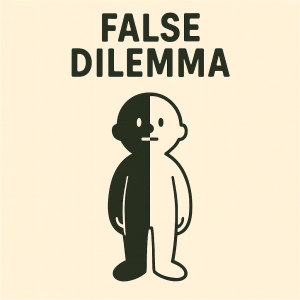
A false dilemma (also called a false dichotomy) is when someone frames a situation as having only a very limited set of choices (usually two) when more actually exist.
It oversimplifies complex issues by acting like there are only two possible sides or outcomes, one of which is usually extreme and the other of which is usually unacceptable.
Examples
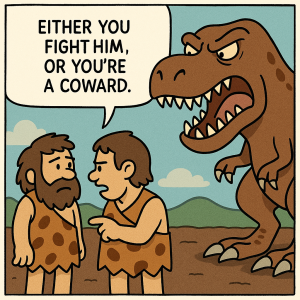
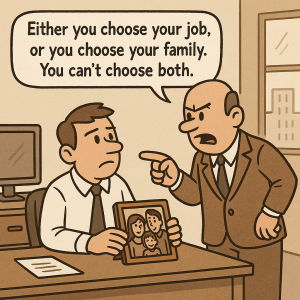
How to Spot a false dilemma
False dilemmas are usually among the easier logical fallacies to spot, because they’ll always involve presenting a situation as having limited options, and most situations in life have many options.
So when you see someone only offering a small number of choices (especially if it’s only two), that should probably make you look closer at the argument.
However, as you can see from the examples, there is also a specific structure these arguments tend to take:
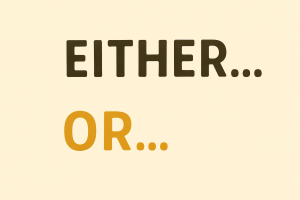
When you see “either/or” language, that’s another sign you should be on guard.
Do Some Things Actually Have Only Two Options?
There is a limited set of situations where there are only two (or around two) options, and they usually all involve a very specific context. These are things like:
- If you’re a student in a pass/fail class, you either pass the class or you fail the class.
- If you’re a member of a jury, you either find the defendant guilty or you find them not guilty (or the jury is hung).
- If you are trying to get pregnant, you either are pregnant or you aren’t pregnant.
What you might notice from these examples is that these are all things that are very unlikely to be debated in the first place. Students are familiar with the pass/fail system, most citizens understand the basics of how a jury works, people trying to get pregnant understand it’s dichotomous, and so on.
If a topic is being debated (be it formally or informally), that’s usually a sign that there are multiple options — hence why the topic is being debated in the first place.
Why False Dilemmas Matter
False dilemmas tend to polarize thinking by:
-
Framing disagreement as opposition or threat (“you’re either with us or against us”)
-
Pushing people toward all-or-nothing decisions
-
Making moderate, mixed, or uncertain views invisible or unacceptable
-
Creating a sense of urgency, fear, or identity crisis if you don’t “choose a side”
Over time, this pushes people away from nuanced thinking and into extremism.
Extremism and polarization has become a particular issue in recent years, as seen in the continued laments of our country being “more divided than ever.” False dilemmas only make that situation worse, undermining many of the systems and philosophies that make a society function in a healthy manner.
Look Who’s Talking!
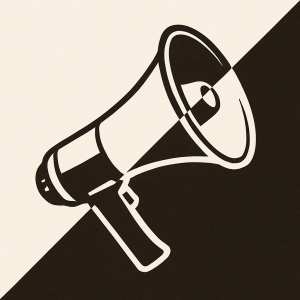
It’s possible to be mistaken about the possible options of a situation and accidentally fall into a false dilemma. But if you see a speaker who frequently seems to frame issues as all-or-nothing, they’re likely doing so as an intentional rhetorical strategy, meant to manipulate the audience (and shut down debate). This should raise serious red flags, as it undermines their credibility as an accurate source of information.
Knowledge Check: False Dilemmas
Vocabulary
false dilemma
when someone frames a situation as having only a very limited set of choices — usually two — when more actually exist; (also called a false dichotomy)
Media Attributions
- False Dilemma Title © ChatGPT is licensed under a CC0 (Creative Commons Zero) license
- Fight a Trex © ChatGPT adapted by Kainan Jarrette is licensed under a CC0 (Creative Commons Zero) license
- Work and Family © ChatGPT is licensed under a CC0 (Creative Commons Zero) license
- Either Or Text © ChatGPT is licensed under a CC0 (Creative Commons Zero) license
- Split Megaphone © ChatGPT is licensed under a CC0 (Creative Commons Zero) license
when someone frames a situation as having only a very limited set of choices -- usually two -- when more actually exist; (also called a false dichotomy)
a rigid and inflexible commitment to an idea, characterized by a complete unwillingness to even engage with evidence
any deliberate technique a speaker or writer uses to persuade, influence, or shape how an audience thinks or feels about an issue

